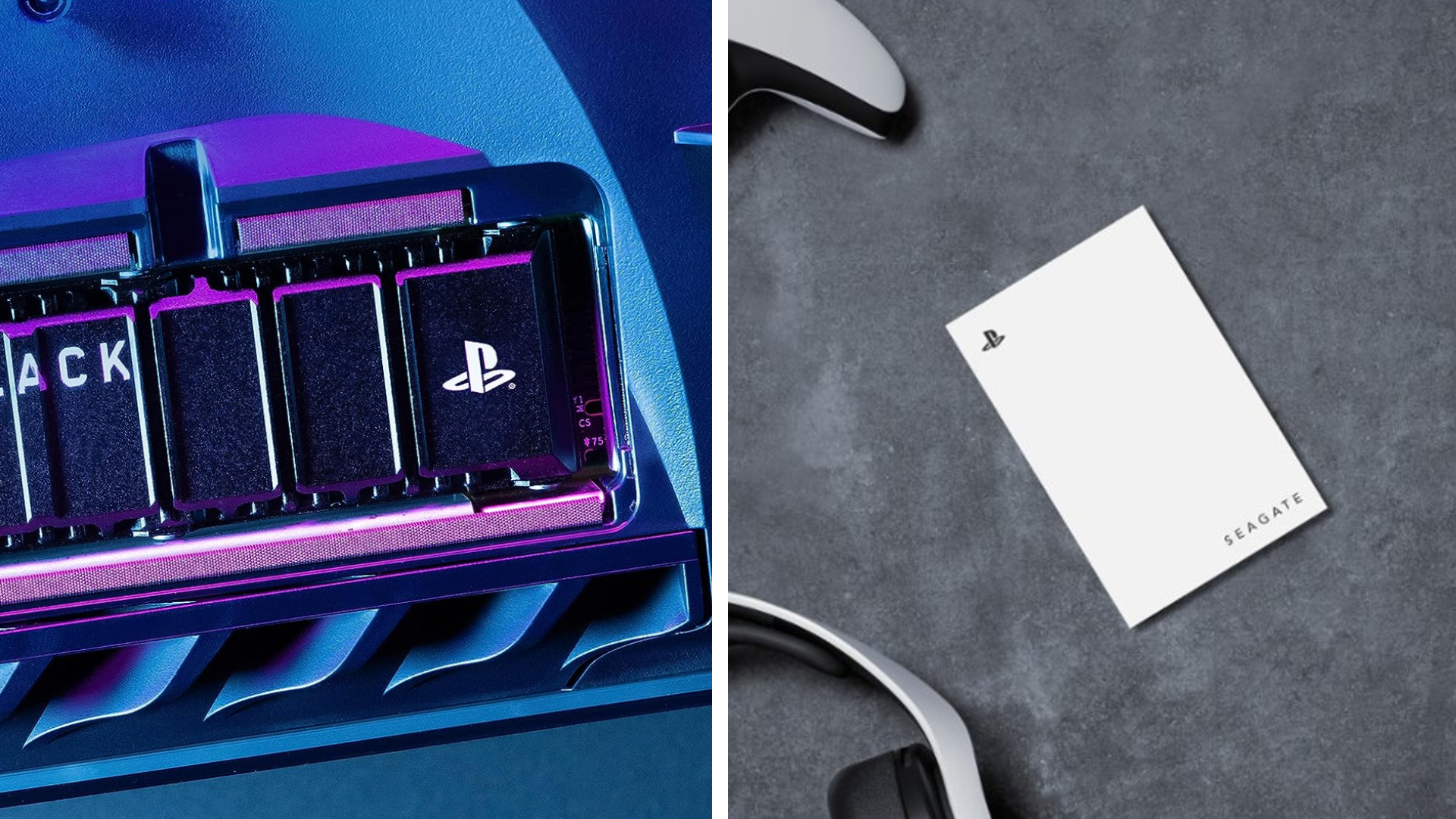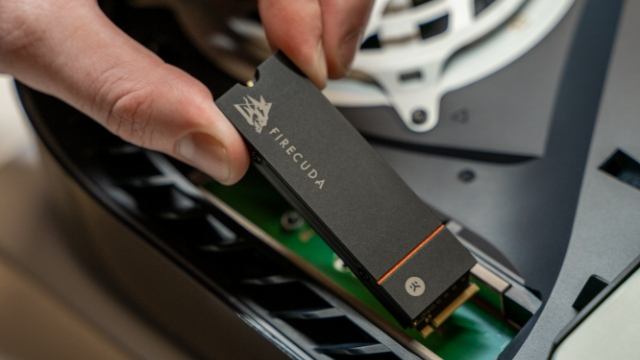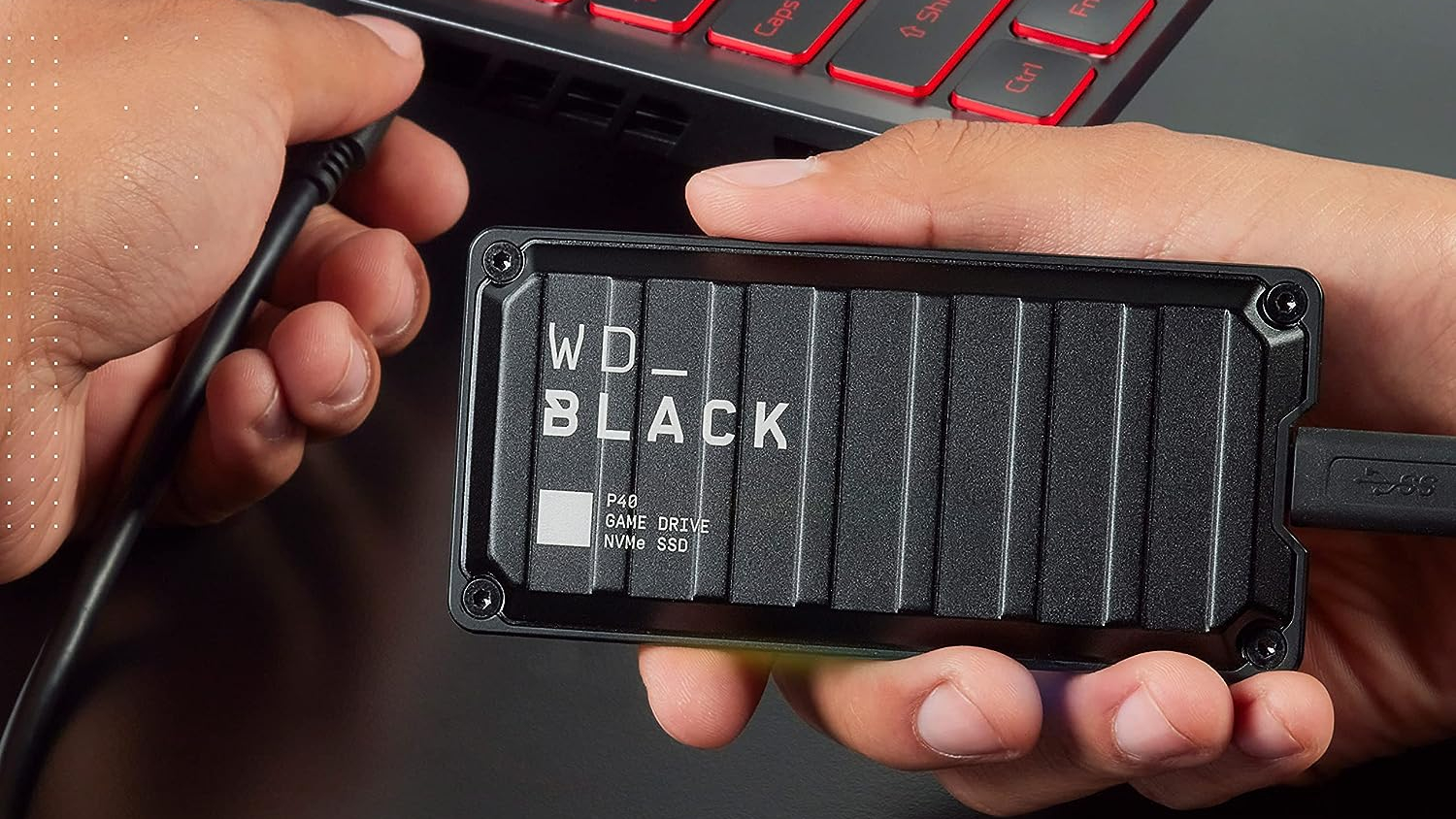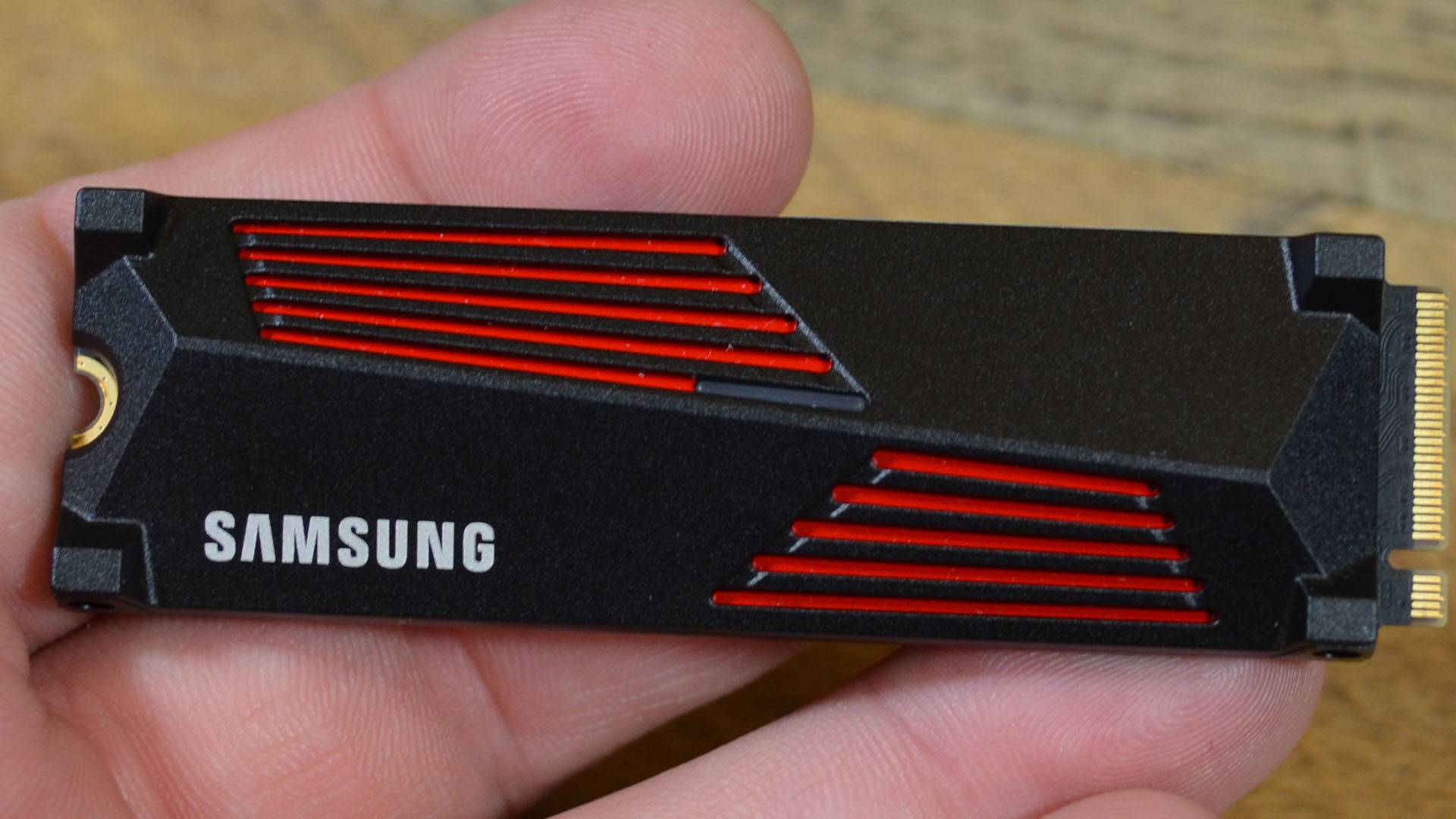
Expanding your PlayStation 5’s storage is now an established setup augmentation, but there are two distinct means through which you can do it: adding an internal SSD for PS5 or a PS5 external hard drive.
There are some key differences between the two, and they cannot be used just like each other. There are also differences in capacities, hard drive technology, and best use cases which can make choosing between the two a little tricky if you’re not abreast of all the details.
However, we’re here to help as we’ve broken down the key characteristics between the two kinds of storage, from primary uses and advice to details on pricing and value, helping you navigate the choices available. As a result, you’ll soon be well-informed on the PS5 SSD vs external hard drive situation, and ready to commit to either one (or both).
PS5 SSD vs external hard drive - Use cases

Right off the bat, it’s important to understand the differences in how both drives can be used with a PS5.
An internal PS5 SSD is exactly that; for internal use only. This will be in the form of an NVMe M.2 SSD and will slot tidily into the PS5’s SSD bay and can be almost forgotten about. A component built for PC use primarily but perfect for PS5, after Sony opened up the console’s SSD bay via a firmware update in 2021, an SSD will attach directly to the console’s innards and, as a result, offers the best performance and speeds possible from a storage solution. This is the only way an internal PS5 SSD can be used. However, the payoff is that it can play and store both PS5 and PS4 games - and you can play both directly from the SSD. And do so at top-end performance. Its application is static, attached to the console, but it can do everything you’d want from extra storage.
A PS5 external hard drive, on the other hand, has a different use case and limitations. Connected via a USB port on the console, an external drive can only store PS5 games - you cannot play them directly from it. You can store and play PS4 games from an external source with no problems, but if your main consideration is PS5 games, it’s worth knowing that you’ll have to move them back onto the PS5’s storage every time you want to play them. However, the benefit this grants you is in terms of convenience and portability, as you’re only ever a USB connection and cable away from taking it with you.
Thus, there are key trade-offs you need to be aware of: internal for active use and best performance; and external for portability and storage.
Sign up for breaking news, reviews, opinion, top tech deals, and more.
PS5 SSD vs external hard drive - Performance

In terms of sheer numbers, and how fast games can load or be moved between drives, the picture is quite clear: an internal PS5 SSD inserted in the console is always going to be faster than a drive connected via a USB port. In real terms, this means you’ll have quicker loading screens and wait for shorter amounts of time to transfer and boot up games with an internal SSD compared to an external source.
This gap in performance is most obvious when comparing an internal PS5 SSD to an external HDD option - the distance between the read and write speeds of those two drives is immense. However, it should be said that external SSD drives do offer some excellent performance for portable units. They offer the closest thing to attaching an M.2 drive via USB cable as one can get and perform at an attractive middle ground between internal SSD and external HDD in terms of speeds.
If you must have top performance from your PS5 accessories then an internal PS5 SSD is the way forward, but if you’re content with not chasing the fastest speeds then an external drive could perform very acceptably for your needs. We would advise you consider this factor closely alongside the above use-case point, as what you play (from what generation) can play a large role too.
PS5 SSD vs external hard drive - Price and value

When it comes to price, you can broadly expect to pay more for an internal SSD and less for an external hard drive, particularly an HDD external.
In essence, an internal’s extra performance and faster speeds come at a cost. Normally, 1TB of internal SSD storage (from trusted brands) hovers around the $100-$150 / £100-£150 mark. We’d call this solid but unspectacular value, but you can find some budget-focused brands offering 1TB for less. Doubling this to 2TB - fast becoming the ideal amount of extra storage due to the game libraries we’re working with - can make for a significant investment. However, during peak sales seasons we are now seeing 2TB internal PS5 SSDs drop to around the $100 / £100 mark. This is incredible value for money and we always advise striking when deals like this crop up.
An external HDD, however, can offer much more bang-for-buck value. You can regularly pick up the ever-reliable WD My Passport HDD (a favorite PS4 external hard drive of ours for many years) offering a massive 5TB of storage for a bit over the $100 / £100 mark. If you’re happy with the slower speeds and limitations, then no other storage solution can offer this level of value.
You still get great value for an external SSD compared to an internal one, but the prices do get closer together here. If you’re looking to go for that attractive middle ground and retain the portability then you can look to pay around $100 / £100 for 2TB of storage from brands like Silicon Power and its Bolt B75 drive, while the more premium drives like a 2TB WD BLACK P40 retail for a bit more at $180 / £260 (thought this UK retail price is very rarely seen).
On the whole, however, we think that each type of storage option justifies its price of admission. As always, deals and discounts are often the best way to make your money go the furthest and as the PS5 SSD market swells, there are more options than ever.
PS5 SSD vs external hard drive - Verdict

While the core function is the same, there are some key differences between a PS5 internal SSD and a PS5 external hard drive, and the above discussion should help guide an informed choice.
If you’re embracing this current-gen wholeheartedly, and want the best from all your PS5 accessories, then an internal PS5 SSD is going to be the wise choice. Its speeds and performance can’t be matched by an external drive. If you’ve got a massive PS4 game backlog, need to retain some portability, or are on a more modest budget then you’ll still get plenty of joy and use out of an external hard drive too. There is always a third option, of course, and that could be to add both kinds to your setup, ensuring you get all the storage you need and all the benefits of both types.
Buy an internal PS5 SSD if...
You want top performance
If only the best will do for you and your PS5 accessories then an internal PS5 SSD will give the performance you desire with top drawer transfer speeds and loading times.
You have a healthy budget
Even though prices are steadily falling, internal PS5 SSDs still demand more of an investment so will be better suited on a monetary level to those with a robust budget to work with.
You need multiple PS5 games installed at once
If you need lots of the latest games installed at once to dip in and out of, or always have a few multiplayer games on the go alongside a handful of single-player titles, then an internal drive is a better fit.
Buy a PS5 external hard drive if...
You're on a smaller budget
External hard drives won't set you back as much money in principle, and will also offer greater bang for buck value in terms of the capacity you get for your money.
You want portability
External hard drives retain that portability factor meaning you can plug and go at any time and have your games and data in your pocket in a flash.
You play a lot of PS4 games
External PS5 hard drives are perfect if you are still working your way through the PS4 backlog alongside new PS5 games. An external drive will be able to store plenty of last-gen games, and you can play them directly from the external drive too.
On the lookout for more PS5 accessories then check out our guides to the best monitor for PS5 as well as the best PS5 headsets you can get.

Rob is the Managing Editor of TechRadar Gaming, a video games journalist, critic, editor, and writer, and has years of experience gained from multiple publications. Prior to being TechRadar Gaming's Managing Editor, he was TRG's Deputy Editor, and a longstanding member of GamesRadar+, being the Commissioning Editor for Hardware there for years, while also squeezing in a short stint as Gaming Editor at WePC just before joining TechRadar Gaming. He is also a writer on tech, gaming hardware, and video games but also gardens and landscapes, and has written about the virtual landscapes of games for years.